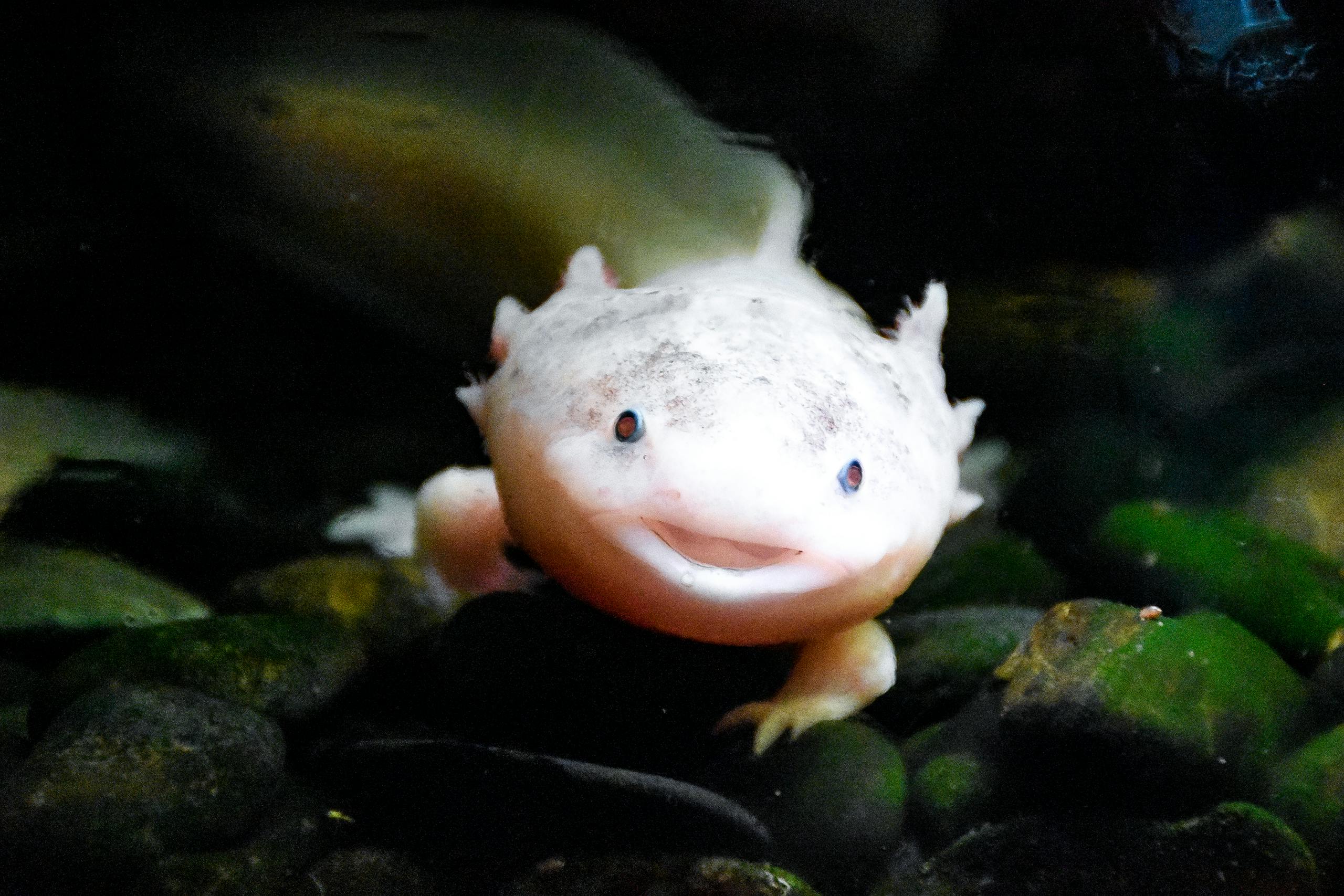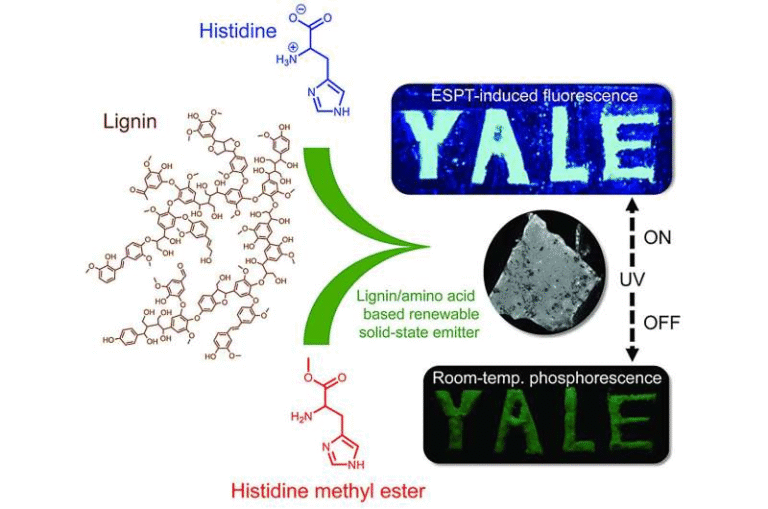How Axolotls Use Their “Fight or Flight” System to Regrow Body Parts

The axolotl, a remarkable Mexican salamander, has long been known for its jaw-dropping ability to regrow entire limbs, spinal cords, hearts, and even parts of its brain. Scientists have studied these amphibians for centuries, hoping to unlock the secrets of regeneration that could one day help humans repair or replace damaged tissues. Now, a new study from Harvard University, published in Cell (October 2025), adds a major piece to this puzzle: the discovery that axolotls rely on their sympathetic nervous system—the same network responsible for the “fight or flight” response—to coordinate regeneration across their entire body.
A Whole-Body Response to Injury
Researchers led by Duygu Payzin-Dogru and Jessica Whited from Harvard’s Department of Stem Cell and Regenerative Biology found that limb regeneration in axolotls is not just a local process at the wound site. Instead, when an axolotl loses a limb, stem cells throughout the entire body spring into action.
This body-wide activation prepares other tissues and limbs for potential injuries. It’s as if the animal’s entire system goes into a “standby mode” for repair. The effect is short-lived but powerful: it primes distant tissues so that, if they are later injured, they regenerate faster than they normally would.
This discovery marks a shift in how scientists think about regeneration. Until recently, most believed that limb regrowth was confined to the site of injury. But this research shows that the entire organism participates, coordinated by chemical messengers from the nervous system.
The “Fight or Flight” Connection
The big surprise came when the team identified the sympathetic nervous system—the network that governs stress responses like increased heart rate, pupil dilation, and blood flow—as the main driver of this body-wide regenerative state.
When a limb is severed, the axolotl’s adrenergic signaling network kicks in. This system involves stress hormones like adrenaline (epinephrine) and noradrenaline (norepinephrine), which usually prepare the body to react to danger. In this case, however, those same hormones help the axolotl prepare to heal.
Two major signaling pathways were found to be crucial:
- Alpha-adrenergic signaling: responsible for priming uninjured tissues elsewhere in the body, preparing them for regeneration.
- Beta-adrenergic signaling: drives regrowth directly at the wound site, promoting cell division and tissue reconstruction.
Both these pathways feed into the mTOR signaling system, a central regulator of cell growth and metabolism. The activation of mTOR ensures that cells have the energy and resources they need to rebuild lost structures.
Short-Term Memory of Injury
The study revealed something fascinating: axolotls seem to form a temporary memory of injury across their body. This means that after an amputation, the animal’s cells stay alert, ready to respond more efficiently to another injury. However, this primed state fades over time—usually after a few cell cycles or around four weeks.
Scientists believe this time limit exists because maintaining the entire body in a “ready-to-regenerate” mode is metabolically expensive. Constantly keeping all stem cells activated would drain too much energy, so the axolotl only does it briefly after trauma.
Why This Matters
This research opens new possibilities for regenerative medicine. Humans have the same adrenergic hormones—adrenaline and noradrenaline—and similar receptor systems. Theoretically, it may be possible to stimulate human tissues to behave more like axolotl cells by activating similar pathways.
While humans can’t regrow limbs, our bodies do have limited regenerative abilities—such as liver regrowth or wound healing. If scientists can learn how to safely “prime” human stem cells using these sympathetic nervous system signals, it could revolutionize recovery from surgeries, burns, or organ damage.
However, the study’s authors caution that this is a long way off. Mammals have very different regulatory networks and immune systems. What works in a salamander might not work—or could even be harmful—in humans. Still, understanding how regeneration is coordinated across an organism provides an invaluable blueprint.
What Happens During Axolotl Limb Regeneration
When an axolotl loses a limb, it forms a structure called a blastema at the wound site. This blastema is a cluster of undifferentiated progenitor cells—essentially blank-slate cells that can turn into muscles, nerves, bones, and skin.
The regeneration process follows several steps:
- Wound healing – The surface quickly seals off without scarring.
- Blastema formation – Stem cells and other progenitor cells gather beneath the skin at the wound site.
- Cell proliferation – The blastema cells divide rapidly, guided by signals like mTOR and adrenergic hormones.
- Pattern formation – The cells differentiate into the correct tissues, re-creating the lost limb in its original shape.
In the new study, scientists discovered that even tissues far from the wound begin preparing for these steps when adrenergic signaling is triggered. This shows how the nervous system acts as a communication highway, ensuring a coordinated, body-wide response.
How This Differs from Other Regenerative Animals
Many invertebrates, such as planarian flatworms, can regenerate entire bodies from small pieces. But among vertebrates (animals with backbones), salamanders are the champions.
Most other vertebrates—including reptiles, birds, and mammals—can only regenerate small structures like skin, liver tissue, or, in some cases, tail tips. Salamanders, however, can regrow complete, functional limbs.
Researchers believe that early vertebrate ancestors may have shared this ability, but it was lost during evolution in most lineages. The axolotl retained it, possibly because of its aquatic lifestyle and frequent encounters with predators.
The Role of Adrenergic Hormones in Humans
In humans, adrenaline and noradrenaline play well-known roles in the stress response. When we face danger, these hormones raise heart rate, increase blood pressure, and sharpen focus. But they also influence cell behavior, blood flow, and metabolism—all critical to healing.
Understanding how these hormones interact with stem cells could help researchers develop treatments that enhance tissue repair. For example, modulating adrenergic receptors could potentially make wound healing faster or reduce scarring.
This doesn’t mean humans will regrow limbs anytime soon, but these insights could improve therapies for muscle injuries, nerve damage, and even organ transplants.
A Shift in Scientific Perspective
For over two centuries, scientists have known that nerve supply is essential for limb regeneration in salamanders. But most thought this involved sensory or motor nerves. The new study challenges that view, showing that sympathetic nerves—which control involuntary functions like heart rate and blood pressure—are key players in regeneration.
According to lead researcher Jessica Whited, regeneration should now be viewed as a whole-body event, not just a local phenomenon. This holistic view might inspire new strategies in regenerative biology, where both local tissue repair and systemic body responses are taken into account.
The Bigger Picture
Axolotls have become one of the most studied species in regenerative biology because they reproduce quickly, are easy to maintain in labs, and share many genetic similarities with other vertebrates. By studying them, scientists are not only learning about regeneration but also about how evolution preserves or loses complex traits.
The research team spent more than six years investigating these processes, involving 38 co-authors and countless experiments to tease apart the different signaling pathways. Their findings confirm that regeneration is not just about having the right cells—it’s about having the right communication system to coordinate them across the body.
Research Paper:
Adrenergic signaling coordinates distant and local responses to amputation in axolotl (Cell, 2025)





